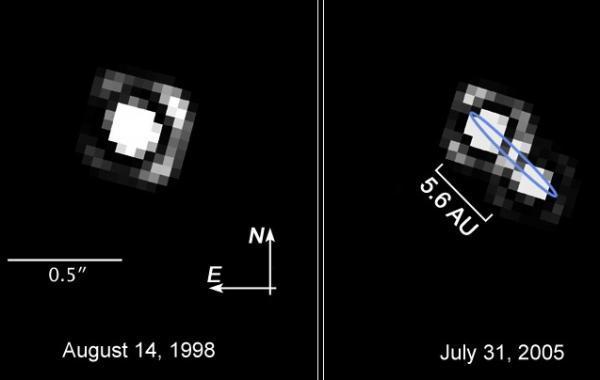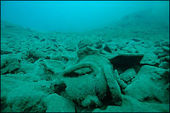
© Ray Tang/Rex FeaturesUK protesters demonstrate in a field of genetically modified oilseed rape
What would our forebears have made of test-tube babies, microwave ovens, organ transplants, CCTV and iPhones? Could they have believed that one day people might jet to another continent for a weekend break, meet their future spouse on the internet, have their genome sequenced and live to a private soundtrack from an MP3 player? Science and technology have changed our world dramatically, and, for the most part, we take them in our stride. Nevertheless, there are certain innovations that many people find unpalatable.
Leaving aside special-interest attitudes such as the fundamentalist Christian denial of evolution, many controversies over scientific advances are based on ethical concerns. In the past, the main areas of contention have included nuclear weapons, eugenics and experiments on animals, but in recent years the list of "immoral" research areas has grown exponentially. In particular, reproductive biology and medicine have become ripe for moral outrage: think cloning, designer babies, stem-cell research, human-animal hybrids, and so on. Other troublesome areas include nanotechnology, synthetic biology, genomics and genetically modified organisms or so-called "Frankenfoods".
To many scientists, moral objections to their work are not valid: science, by definition, is morally neutral, so any moral judgement on it simply reflects scientific illiteracy. That, however, is an abdication of responsibility. Some moral reactions are irrational, but if scientists are serious about tackling them - and the bad decisions, harm, suffering and barriers to progress that flow from them - they need to understand a little more and condemn a little less.


